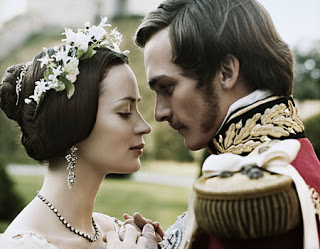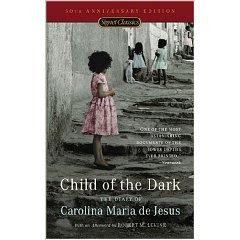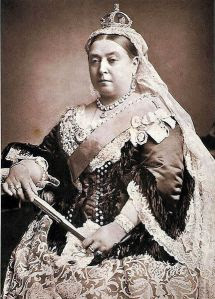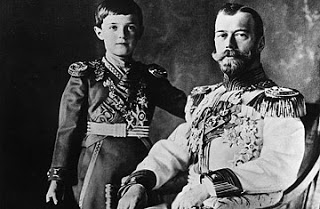Valentine’s Day with the Most Famous Carrier
 I went to see the movie “Young Victoria” yesterday, which chronicles the most famous hemophilia carrier’s 1837 ascension to the throne as just a girl of 18. It also tells of her meeting with and eventually love for Prince Albert of Belgium. Lavishly filmed, I felt as though I had gorged on Godivas, taking in the costumes, scenery and gold. I thought the performances by Emily Blunt as Victoria and Rupert Friend as Albert were understated and well done. It was a very enjoyable movie. I was surprised it was such a love story, and the timing was perfect as it was a day before Valentine’s Day.
I went to see the movie “Young Victoria” yesterday, which chronicles the most famous hemophilia carrier’s 1837 ascension to the throne as just a girl of 18. It also tells of her meeting with and eventually love for Prince Albert of Belgium. Lavishly filmed, I felt as though I had gorged on Godivas, taking in the costumes, scenery and gold. I thought the performances by Emily Blunt as Victoria and Rupert Friend as Albert were understated and well done. It was a very enjoyable movie. I was surprised it was such a love story, and the timing was perfect as it was a day before Valentine’s Day.
We always seem to think of Britain’s longest reigning monarch as a blimpy old woman, but here, she is beautiful, confident and headstrong. As you watch the courtship of the Princess and Prince, you marvel at how much they loved one another (by all accounts they truly did), and also by their tremendous wealth and privilege: Victoria cannot even walk down the stairs by herself, lest she fall. She always needs to hold someone’s hand (she abolishes that practice when she becomes queen). Despite the young love, and their wealth, one thing remains unsaid but we all know it happens: Victoria and Albert eventually have a child with hemophilia, Leopold.
I watched the ornate movie, and the tender love, and felt so sad for them! Like us, this young couple would have a child who suffers, but unlike us, there was no treatment. It was really poignant to see this beautiful young couple, blindly in love, happy, not knowing what fate had in store for them.
Victoria and Albert had nine children: three girls who were carriers and of course, Leopold. Eventually, she passed hemophilia on to the Russian, Spanish and German royal families. This is why hemophilia is called the “royal disease.” She had 42 grandchildren!
Albert died at age 42, after 22 years of marriage. The movie ends with a title which revealed that Victoria had his clothes laid out every morning for the next 40 years, in his memory. She forever wore black following his death. A movie worth seeing, especially if you have hemophilia in the family.
Great Book I Just Read
Child of the Dark by Carolina Maria De Jesus 
This may quite possibly be the best book I’ll read all year. I don’t think I’ll ever read another book like it.
Carolina Maria De Jesus (1914-1977) lived in the favela, the slums of Sao Paulo, Brazil, surviving only one day at a time by picking up paper and scrap metal and selling it. Intelligent and single, she kept a journal, which became this book. She writes so much about hunger, the horror of slum life, rummaging through garbage to find something to feed her three children, and always hoping for a better life. Her insights are amazing and her description of the slum is simple but painfully portrayed. I couldn’t put this book down. I myself have been through slums in Central America, Brazil, Kenya and India. I often think that we could not live one day in the shoes of the poor, and after reading this book, I know it is true.
As amazing as her journal writing is, a co-author provides an epilogue: what happened after her book is published. Caroline, illegitimate and poor, rockets to fame as she becomes Brazil’s best-selling author. This book is a must read! Four stars.



